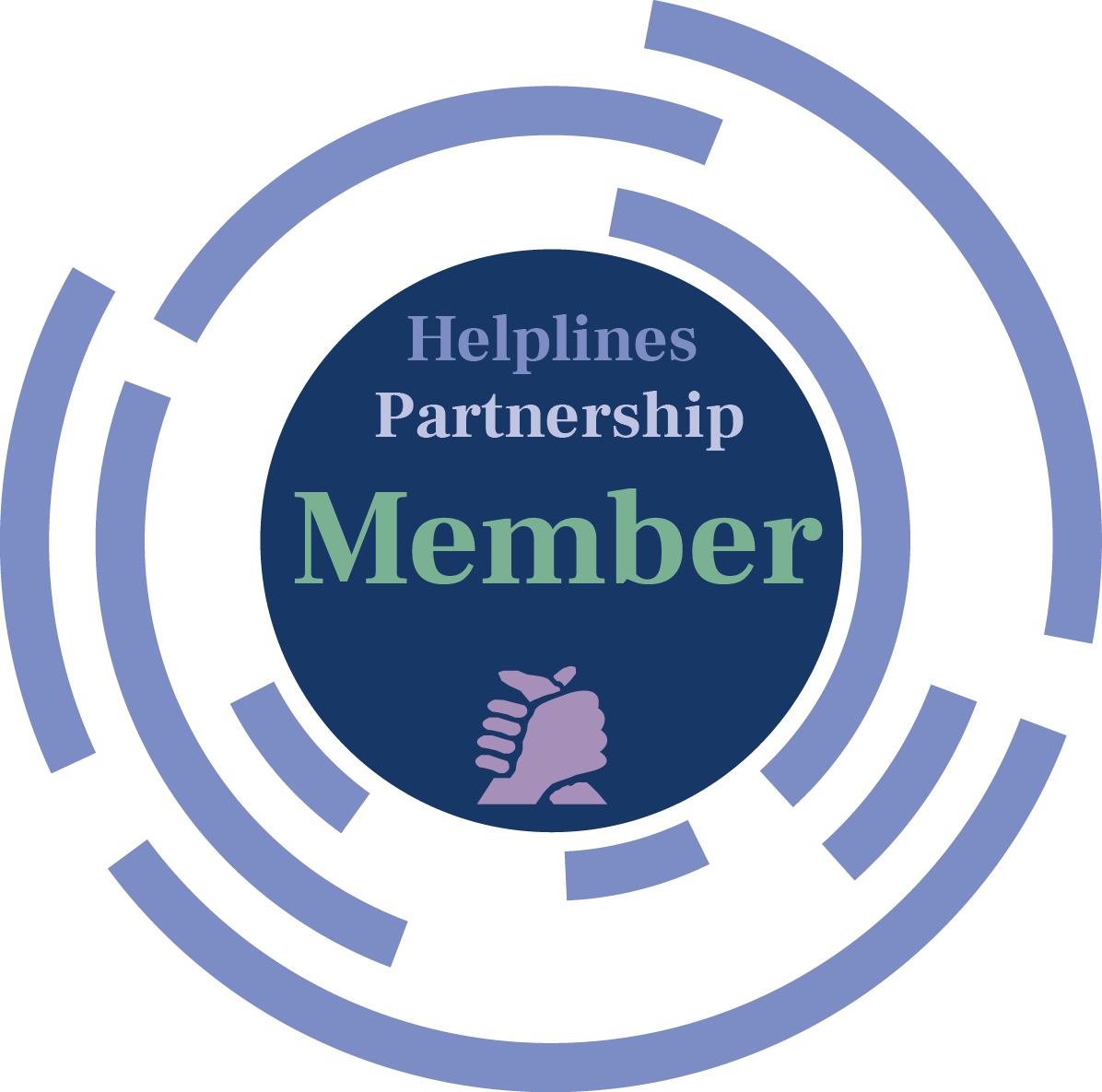A survey of 1,000 parents, carried out as part of The Lullaby Trust’s annual Safer Sleep Week campaign, showed that over two-thirds of parents let their baby sleep in items that are not designed for sleep. 70% let their baby sleep in a bouncer, 67% in a swing, and a further 61% let their baby sleep on a bean bag. Worryingly over 8% leave their baby in these items for night time sleep. The Lullaby Trust advises parents that if a baby falls asleep in a sitting position, move them to a firm, flat surface such as a cot or Moses basket.
Babies’ airways are delicate and in some positions it can be easy for their airway to become restricted, such as if they are asleep in a sitting position. Because babies have heavy heads and short necks, their heads can easily flop down onto their chests. This can block or restrict their airway and stop oxygen from reaching their lungs.
Evidence shows that the safest place for a baby to sleep is on their back on a clear, flat, firm surface, which will help to keep their airway open and reduce the risk of suffocation and sudden infant death syndrome (SIDS). A cot, Moses basket, bassinet, carry cot or crib all fulfil these criteria. Over 99% of the parents surveyed said they had a type of cot or Moses basket.
To protect a baby’s airway, The Lullaby Trust also advises parents to keep their baby’s sleep space clear of anything that could cover their face. Items such as soft toys, loose bedding, or soft-sided pods and pillows can block a baby’s airway and make it difficult for them to breathe. However, 81% of parents surveyed had unnecessary items in their baby’s sleep space, such as soft toys and pillows, that could restrict their baby’s airway or cause them to overheat.
As part of Safer Sleep Week (11th – 17th March), The Lullaby Trust has issued new guidance for parents and carers on how to create a safer sleep environment for their baby in a way that protects their delicate airway.
Jenny Ward, Chief Executive of The Lullaby Trust says:
“Babies are safest sleeping on their back on a clear, flat, firm sleep surface, like a cot or Moses basket. This not only helps to reduce the risk of SIDS but also helps to keep a baby’s airway open and clear. However, we know that babies can and do fall asleep in places not designed for them to sleep in. Many parents find products like baby bouncers and swings useful for when their baby is awake and supervised, but they are not suitable for babies to sleep in. All parents must be made aware of how to protect their baby’s airway, especially when they’re asleep. If a baby falls asleep in an item that keeps them propped in a sitting position, like a swing or bouncer, it’s best to move them onto a clear, firm, flat surface to help keep their airway open. Even if a baby is awake, it’s still important to make sure their head is not tipped forwards and their nose and mouth are not covered to keep their airway clear and protect their breathing.”
The Lullaby Trust has issued advice on how to keep a baby’s airway clear:
A baby’s airway (breathing tube) is very delicate and can easily block, narrow or fold which can make it difficult for them to breathe. It’s important to:
- Keep your baby’s face clear. Loose bedding or soft-sided pods and pillows can block your baby’s airway.
- Place your baby on their back. Sleeping on their tummy can put pressure on your baby’s chest and narrow your baby’s airway.
- Always put your baby to sleep on a firm, flat surface such as a cot or Moses basket. Your baby’s airway can fold if their chin touches their chest when sleeping in a sitting position or in a sling.
The Lullaby Trust has worked in partnership with Office for Product Safety and Standards to produce an animation that shows parents and carers how to create a safer sleep environment that helps to protect their baby’s airway.
The charity has also produced a new A5 ‘Easy Read’ resource with information and advice on how to keep a baby’s airway clear, as well as an accompanying webpage.

